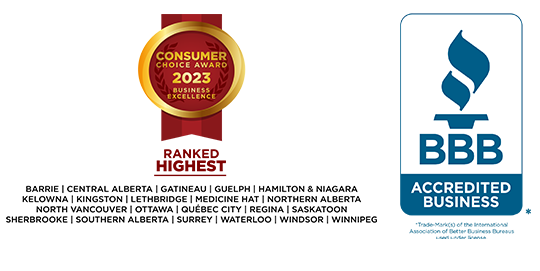Top 7 Budgeting Tips for the New Year: Resolve to be Debt Free!
Will 2015 be the year you break the cycle of debt? If you’re tired of relying on credit and looking to secure a more comfortable financial future for yourself, read our seven step process to help you budget accurately and reduce your debt.

1. Use cash
Being debt free starts by not going further into debt. If you keep using credit you’re only digging a bigger debt hole to climb out of. By using cash for all your purchases you’ll force yourself to only spend what you actually have access to instead of continuing to accumulate more debt.
2. Add up all the debt you want to pay off this year
Becoming debt free means paying off your debts – so how much debt do you have? Once you’ve added up all of your debts determine if it’s realistic to pay it off in one year. If not, set a goal for how much you will pay off this year and stick to it.
3. Buy a calendar – keep it close and record your debt going down
It helps to keep your goal in mind and in front of your eyes as a constant reminder that you want to be debt free this year.
On the first day of each month write down how much debt you have and how much you plan on paying off this month. This will help you track your progress and keep you motivated – remember, becoming debt free takes time.
Below this amount write down how much income you will have this month. It helps to visually see how much of your income is going to pay down debt.
4. Figure out your ‘must-pay regular monthly bills’
Rent, mortgage, car payments, utility bills and insurance expenses - these are expenses you must pay. You likely already know their amounts and due dates. As these expenses are fixed (or nearly fixed) and don’t change month-to-month, budget for these amounts first.
On your calendar, mark the days when a regular expense must be paid as well as the amount. Then, cross them off as they are paid. This action helps you remember to keep money aside for these expenses. It also gives you some satisfaction as you cross off another bill.
5. Estimate what ‘irregular expenses’ you will have and when they must be paid
If you want to be debt free then you also need to plan for ‘irregular expenses’. Irregular expenses include car repairs, medical expenses, vacations, back-to-school purchases, birthdays, etc. With an irregular expense you know it’s coming, but you may not know how much it will be or when exactly you will need the money.
Still, you can plan for irregular expenses. Start by estimating how much this year you need to save ahead of time for the expense. Then, prioritize them by putting money aside every month to pay for your most important irregular expenses in cash.
Be careful how you prioritize. Things like vacations or gifts should be lower on the list (no matter how desirable they are), whereas critical expenses like vehicle repairs or medical expenses should be toward the very top of your list. Only eliminate ‘wants’, not ‘needs’, from your irregular expenses list. Grab your calendar and write down how much you will save this month for each irregular expense. Then, when you have saved the money (in a separate bank account) cross it off the list.
6. Pay off your debt over the year in planned payments
Getting debt free doesn’t mean paying off the same amount every month. For example, you may not be able to pay down debt in a month that you have a large irregular expense. It’s okay to not pay off the same amount every month as long as you are contributing to reducing your debt in some capacity.
Keep in mind that while you may pay less than you’d planned to some months, you may be able to pay off more in other months. Perhaps you receive a tax refund, or a bonus or a third paycheque in the month (if on a bi-weekly payroll schedule).
7. Plan for your regular expenses
First, take the amount of income you wrote down on the first day of the month. Now, subtract how much you are paying for your monthly ‘must-pay’ expenses, your monthly ‘irregular expenses’ and your monthly debt repayment. How much is left? This is the amount of money you have for the rest of your regular monthly expenses.
Did you find there is not as much money as you thought for regular expenses? Don’t be disappointed. This is a starting point to show yourself how much you can spend in order to be debt free.
If you feel you don’t have enough money left over, then go to your irregular expenses and cross off the least important expense. Is it something you want to save for or need to save for? If it is something you want to save for, then cross it off and allocate the money you were saving for this expense to your regular living expense.
Congratulations! You just planned on how to be debt free in the new year.

